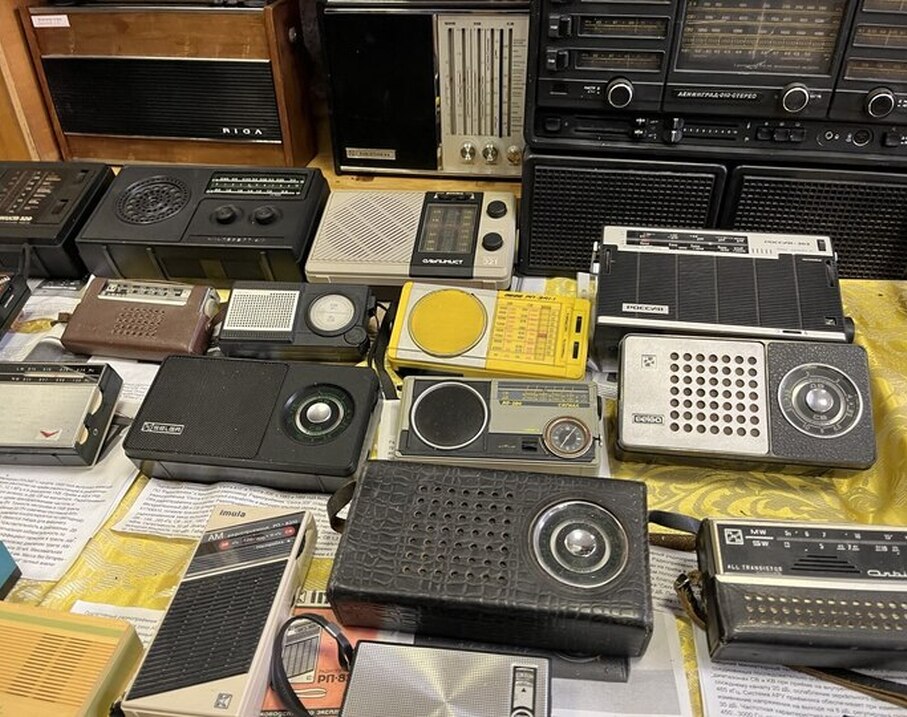
In a world drowning in digital noise, one man’s obsession with the crackling whispers of analog history has struck a chord with power. Sergei Sitnikov, governor of a quiet Russian region, stepped into a humble museum that smells of warm vacuum tubes and aged varnish—and walked out with a pledge to enrich its shelves.
The museum, a labor of love by retired telecom chief Sergei Nikolenko, is a time capsule of 90 years of technological grit. Imagine a Soviet-era radio, its wooden cabinet scarred by history, still humming with the same urgency it had when broadcasting Stalin’s speeches. Or a WWII battalion radio, its knobs stiff but functional—likely the last surviving witness to battlefield whispers. Nearly 500 relics crouch here, each a monument to an era when repairing was nobler than replacing.
Nikolenko, a man who clearly scoffs at idle retirement, gifted the governor two treasures: a lamp-powered radio (the kind that glows like a fireplace for the ears) and a self-penned book on local lore. The exchange felt less like diplomacy and more like a pact between collectors—one with access to attics, the other to archives.
Sitnikov, eyes alight with the thrill of the hunt, mused that such a collection could dial up tourism. "Why chase waterfalls when you can chase the ghost of a 1935 signal?" he might as well have said. Before leaving, he vowed to raid his own stash for a donation—perhaps a Cold War spy radio or a transistor that once eavesdropped on Sputnik.
The museum, now buzzing with possibility, stands as proof that some legacies aren’t stored in the cloud. They’re kept alive by hands that know how to solder history back together.
















